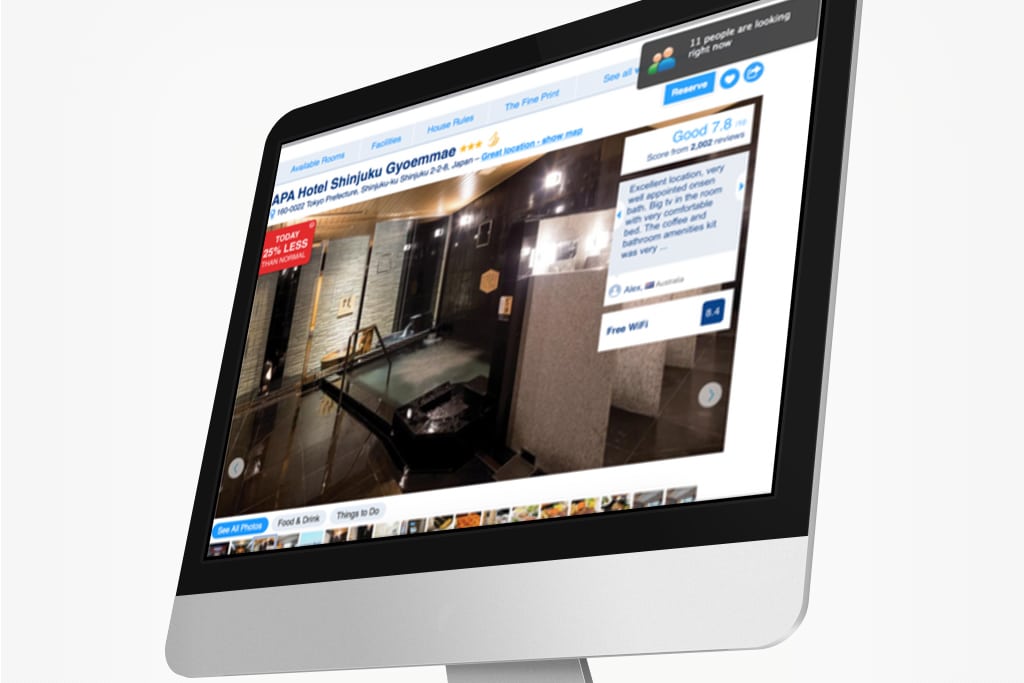Anxiety Vs. Mindfulness in the Battle for Travelers' Attentions

Skift Take
Colin Nagy, head of strategy at Fred & Farid, a global advertising agency, writes this opinion column for Skift on hospitality, innovation, and business travel. “On Experience” dissects customer-centric experiences and innovation across hospitality, aviation, and beyond.
Imagine holding your hand on a metal surface with low voltage electricity surging through it.
You notice something imperceptible, but it is not enough to register shock, rather a low flying unease and discomfort that you can’t quite put your finger on.
This feeling is how I have been describing the state of UX on the web and in mobile experiences: deeply rooted psychological machinations that create slow burning anxiety. The intention is to stir us toward action, without being overly recognized. This is particularly dire in the travel sphere, where some brands are working so hard to have seamless experiences in the real world, but sti

